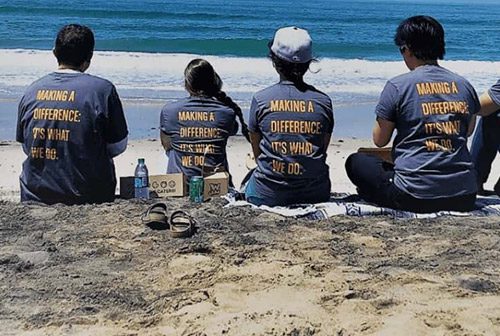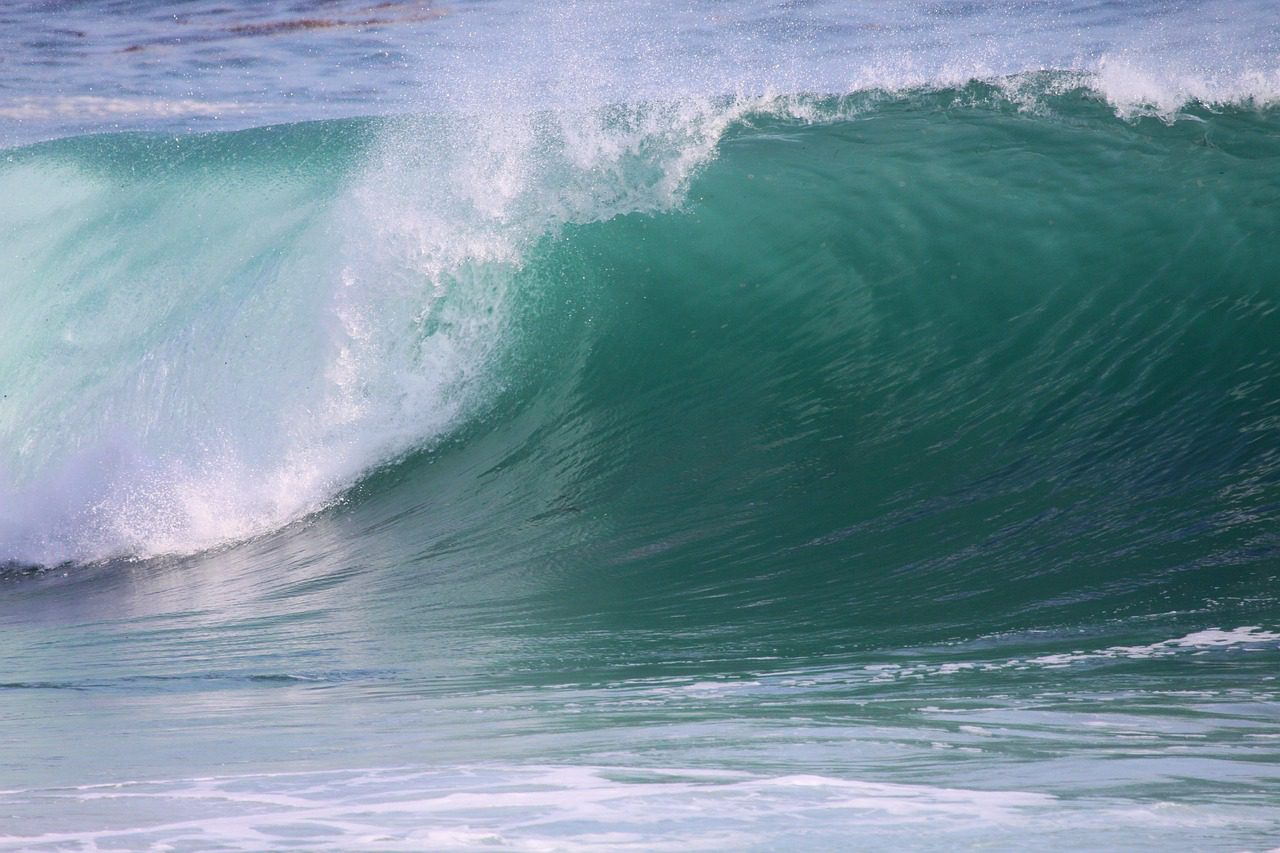

But there’s one-little-known bill that they passed for which I am super thrilled–SB1395. Officially known as “Public beaches: inspection for contaminants,” this new law has the potential to change the way we monitor beaches for public health. We unofficially call it: rapid water quality information to keep us safe at beaches.
Currently, state law mandates that public health officers monitor our beaches for fecal indicator bacteria and issue an advisory when the beach has a high bacteria count. We use these date to update our Swim Guide beach closure map.


There is one (major) problem with this testing program. The county uses the same tests we use at Coastkeeper in our lab. This test requires the county to culture out the bacteria, a process that takes 18-48 hours. This time difference between sampling and results means water quality warnings actually say: “This beach should have been closed yesterday; today we should keep it closed.” And because the county needs two clean tests to reopen a beach, it could be closed for three days.
About a year ago, we discussed this health issue with County Supervisor Greg Cox, and we told him about a new way to quantify the amount of bacteria in the water. Instead of the culturing process, we can measure the amount of fecal indicator bacteria DNA present in a water sample. This quicker method is called quantitative real-time polymerase chain reaction (qPCR). We can have results in two to four hours as opposed to 24 hours. This means we can close the beach the same day as the sampling happens AND reopen beaches a whole day earlier than we can now.


We give thanks to Supervisor Cox, Senator Block and our partners at the California Coastkeeper Alliance for their efforts in helping to protect our state’s beaches and the health of all beach users. Now, it’s up to Governor Brown to sign this bill and make it a reality for the state.
Please join us in urging Governor Brown to sign this bill. You can contact him at this link.















